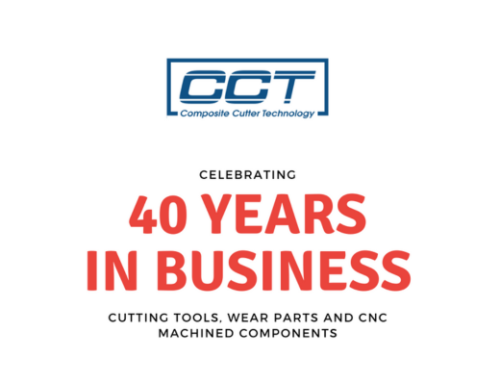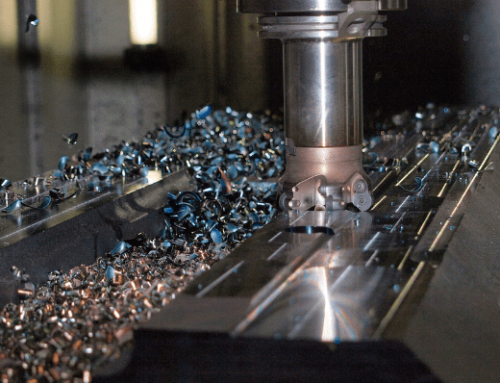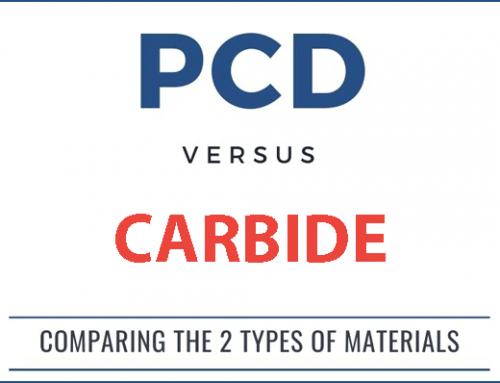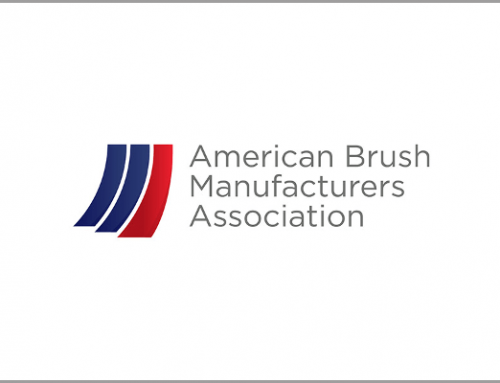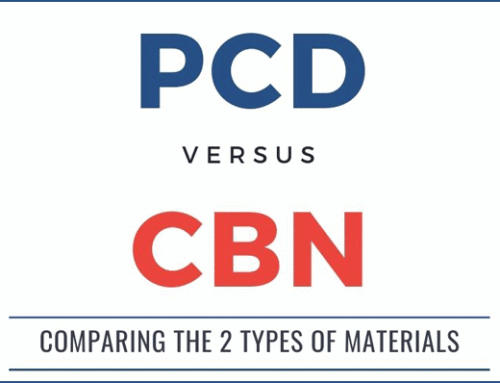
Polycrystalline Diamond, PCD, is known as one of the hardest materials on Earth and has many advantages in manufacturing. PCD is a synthetic diamond produced by sintering together micron-sized pieces of diamond powder with a metal binder, typically cobalt, under extreme pressure and temperatures. The cobalt adds toughness to the material and renders the material electrical conductive. The carbide substrate provides a brazeable layer of material.
Despite the extreme hardness of the diamond, some mishandling mistakes need to be avoided. We are providing a short guide on how to handle correctly a PCD tool:
- While not in use, a PCD tool should be kept in a special container, box or tube, where it may not be pressed to a hard surface. Use separate storage for each tool.
- Do not allow the tools to touch each other: it may cause damage on the cutting edge, chips or cracks. Yes, tools need their social distance, too.
- While handling a PCD tool, remove jewelry, such as rings or bracelets.
- Do not place tools on a hard surface. If you need to quickly change the tools in the machine, prepare a soft surface or storage containers in advance.
- You may not use metal brushes with a PCD tool. For removing chips or other dirt, use a soft brush or wet cloth.
- Only qualified inspectors should measure the outer diameter of the PCD tool. Metal inspection equipment such as micrometers will chip the edge.
- Use the proper settings and optimal machine parameters to extend the life of the PCD tool.
At Composite Cutter Technology, we practice extreme caution with your diamond cutting tools from creating until shipping. We use a special package (plastic tubes or boxes) which prevents any damage during the shipping process. You may use the package for storing the tools at your facility.

